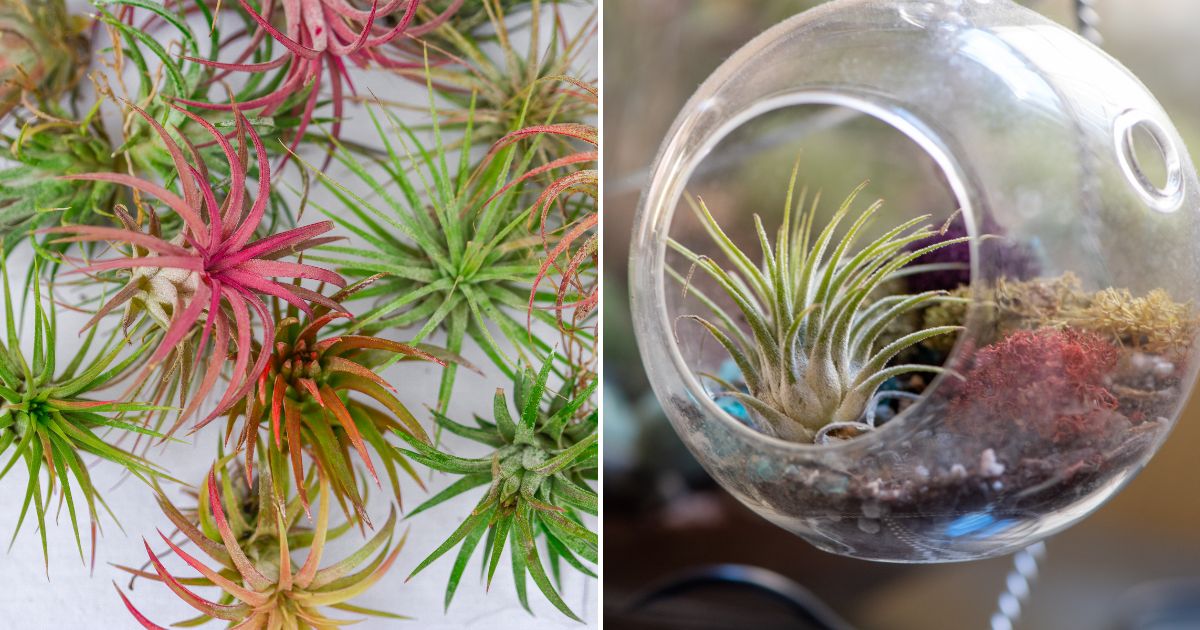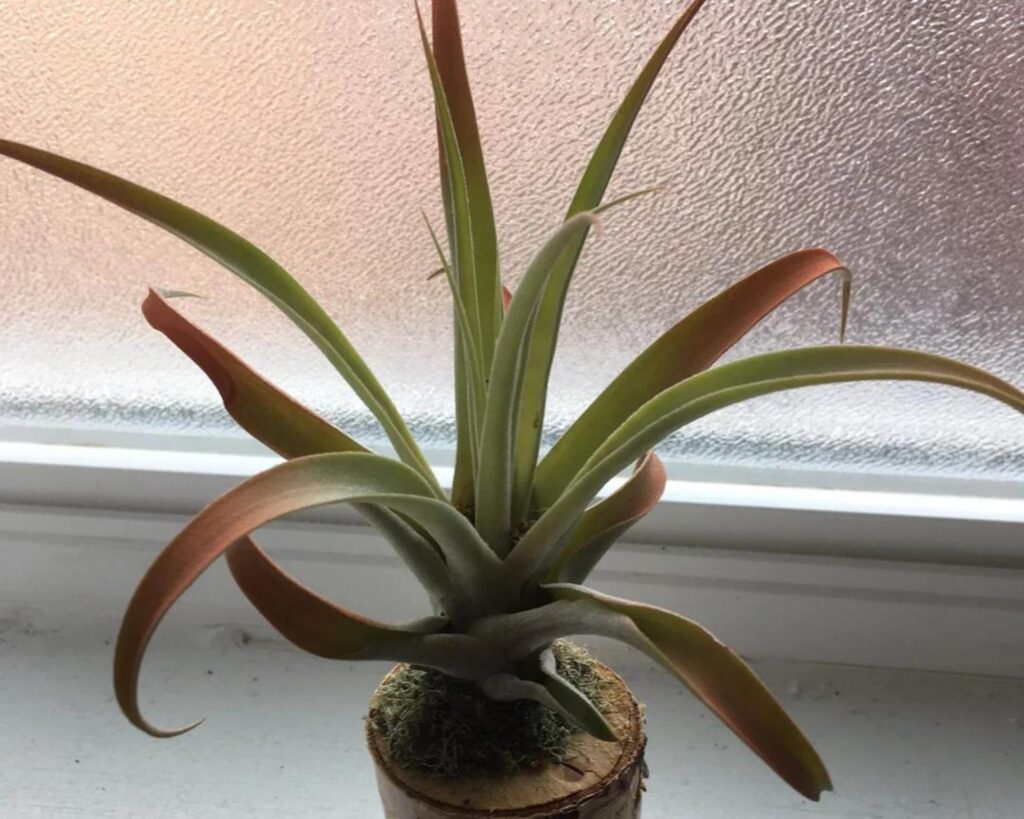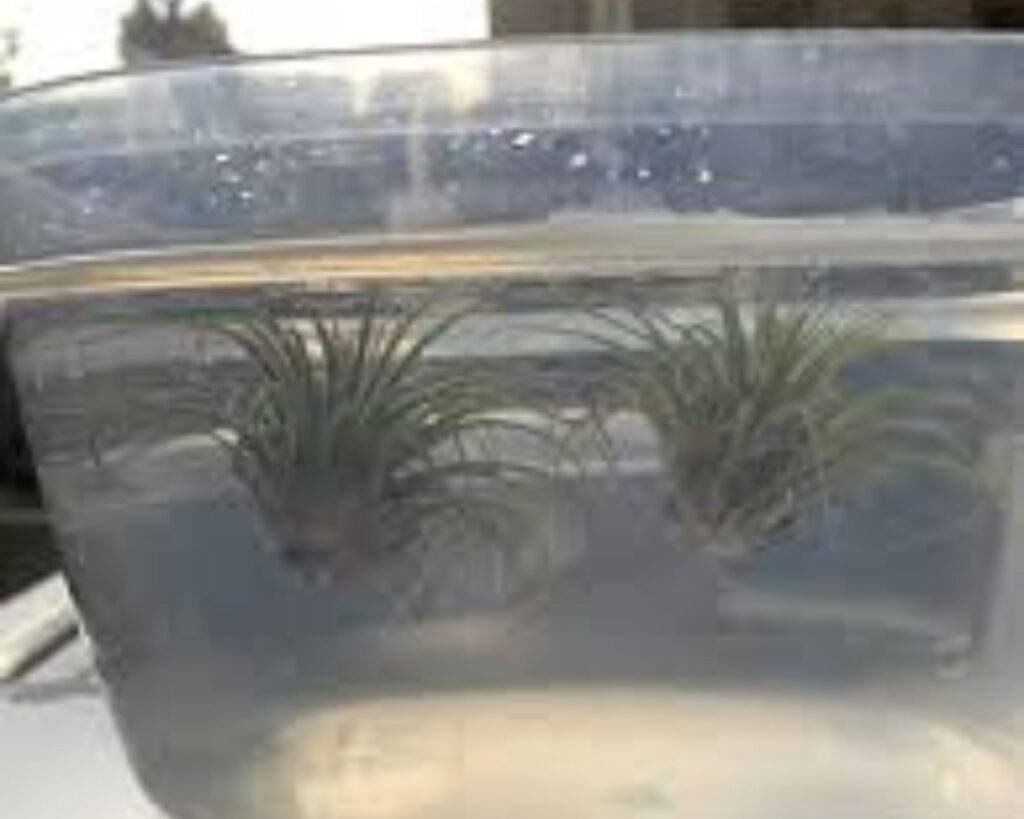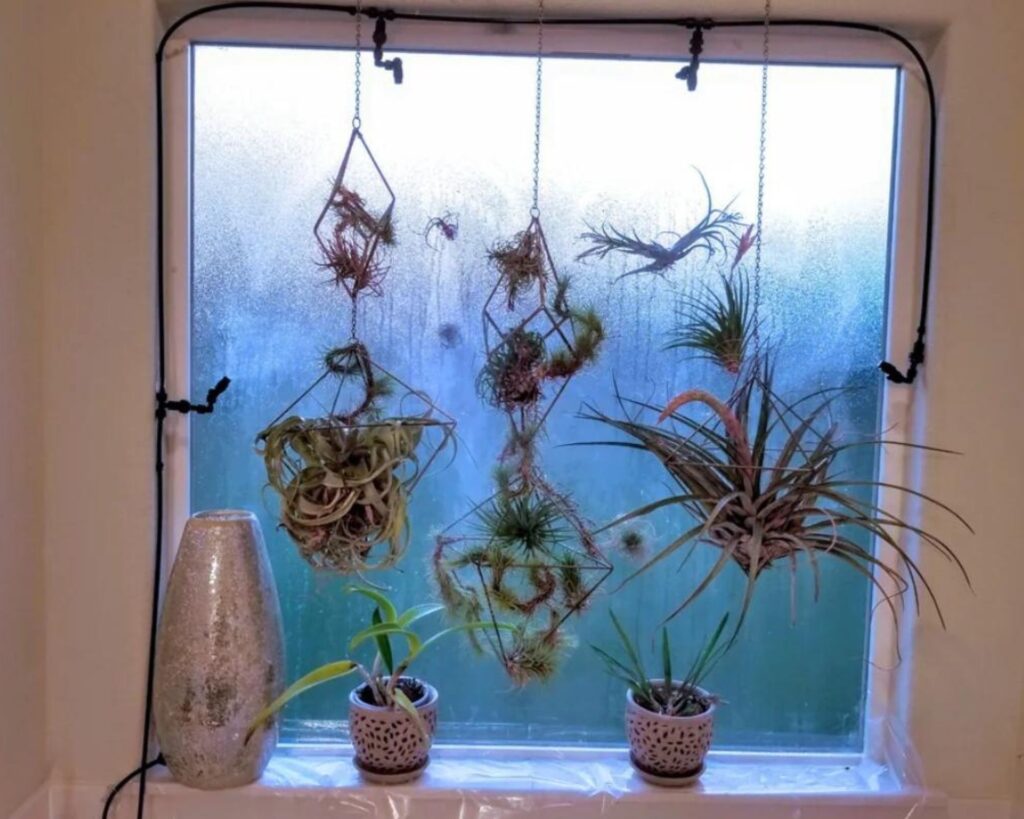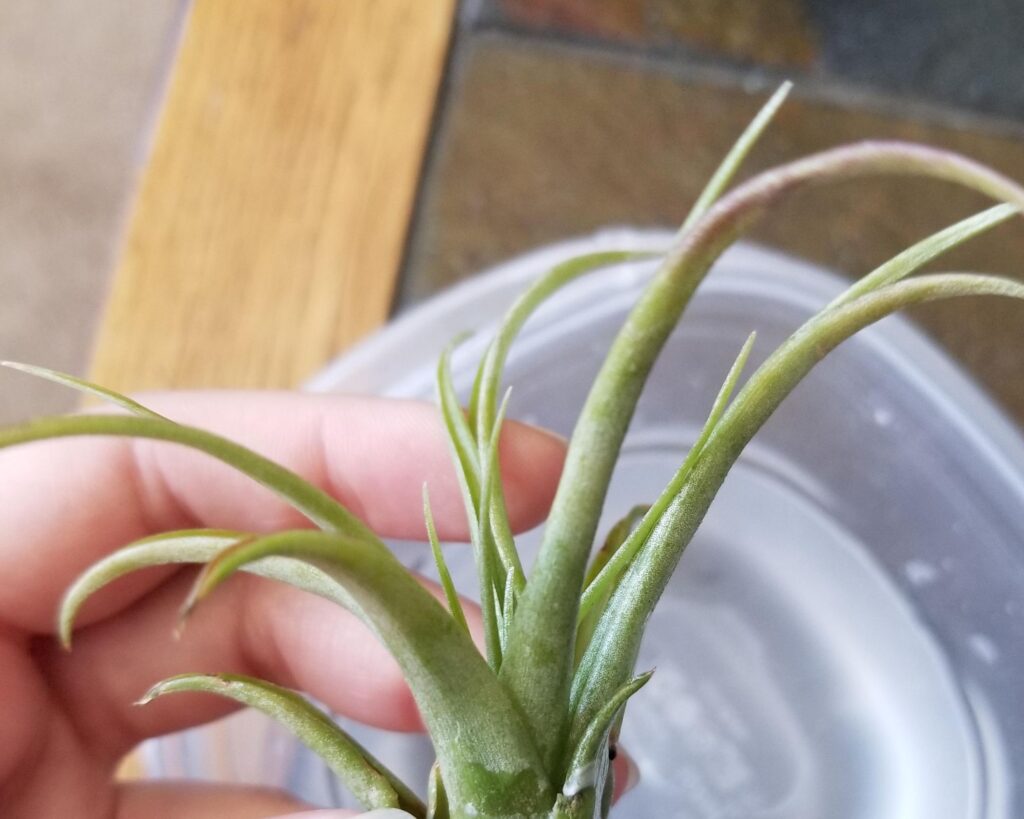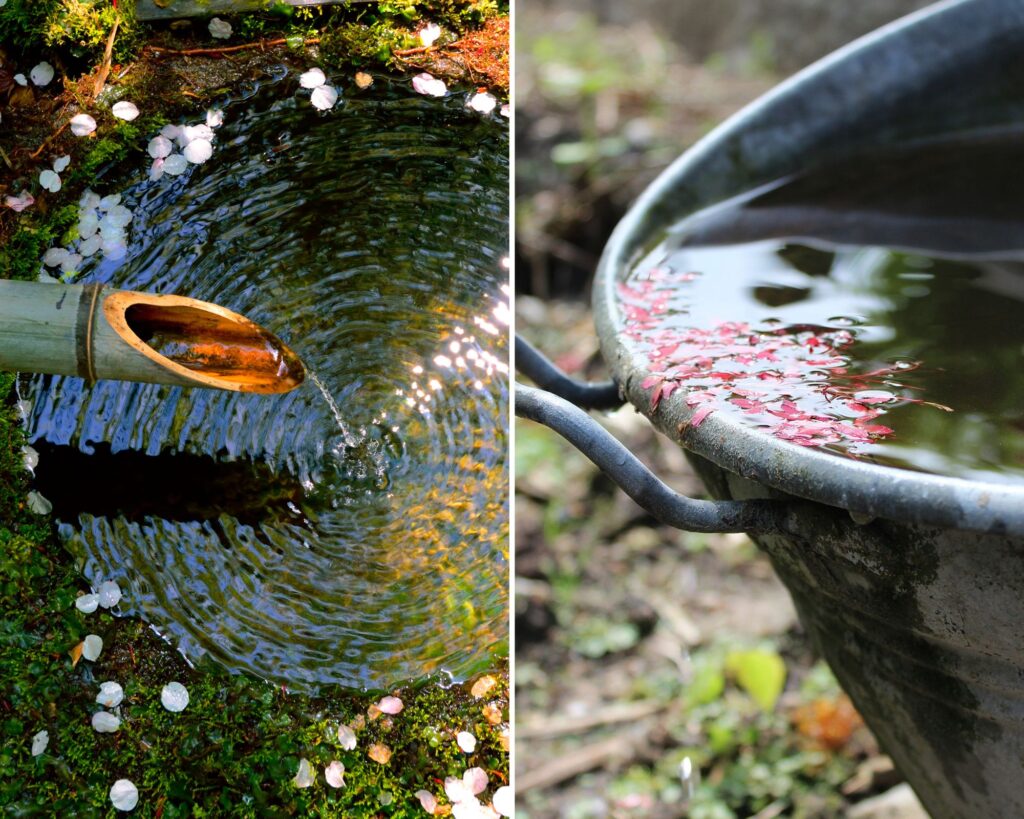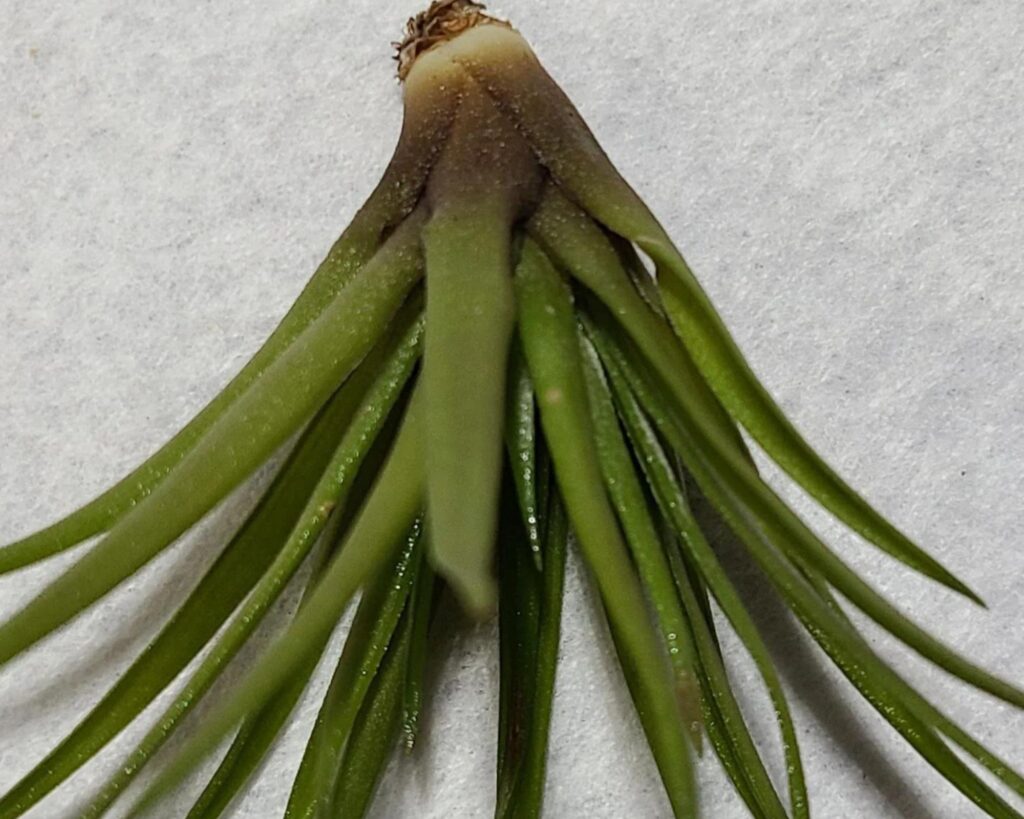Air plants, or Tillandsias, are fascinating members of the Bromeliad family that thrive without soil. Their unique ability to absorb water and nutrients through their leaves makes them a popular choice for both novice and experienced plant enthusiasts. However, this very trait also raises an essential question: How do you water air plants correctly?
In this blog post, we will delve into the best methods to ensure your air plants stay hydrated and healthy.
Understanding Air Plants’ Watering Needs
Before we get into the specifics of watering techniques, it’s important to understand why air plants need special attention. Unlike traditional houseplants that rely on soil to deliver moisture and nutrients, air plants absorb everything they need directly through their leaves from the air and occasional watering. This makes them highly adaptable but also prone to dehydration if not watered correctly.
Signs Your Air Plant Needs Water
Air plants will show several signs when they are thirsty:
- Curling or rolling leaves
- Browning or crispy leaf tips
- A dull, lackluster appearance
- Leaves feel brittle or dry to the touch
Understanding these signs can help you adjust your watering routine before your plant suffers any permanent damage.
The Best Methods to Water Air Plants
1. The Soaking Method
Frequency: Once a week
The soaking method is widely regarded as the most effective way to water air plants. Here’s how to do it:
Steps:
- Fill a Container: Fill a bowl, sink, or any container with room-temperature water. It’s important to avoid using distilled or softened water, as these can strip the plants of essential nutrients. Rainwater or bottled spring water is ideal.
- Submerge the Plants: Place your air plants in the water, ensuring they are fully submerged. Let them soak for 20 to 30 minutes.
- Shake and Dry: After soaking, gently shake the plants to remove excess water. Place them upside down on a towel to dry. This step is crucial to prevent water from pooling in the plant’s base, which can lead to rot.
- Return to Display: Once the plants are completely dry (this can take a few hours), return them to their display.
2. The Mist Method
Frequency: 2-3 times a week
The misting method is a convenient way to keep your air plants hydrated, especially if they are part of a display that cannot be easily moved. However, misting alone is often not sufficient for long-term hydration.
Steps:
- Use a Spray Bottle: Fill a spray bottle with room-temperature water.
- Mist Thoroughly: Spray the air plants until they are thoroughly wet. Be sure to cover all surfaces of the plant, including the underside of the leaves.
- Check Humidity: In dry climates or during winter when indoor heating is on, you may need to mist more frequently to compensate for the lack of ambient moisture.
3. The Dunking Method
Frequency: Every 2-3 days
Dunking is a middle-ground approach between soaking and misting. It provides more moisture than misting without the time commitment of soaking.
Steps:
- Prepare Water: Use a bowl or container filled with room-temperature water.
- Dunk the Plants: Quickly dunk each air plant in the water, ensuring they are fully submerged but only for a few seconds.
- Shake and Dry: Shake off excess water and place the plants upside down to dry.
Additional Watering Tips
Water Quality
Air plants are sensitive to the quality of water. Here are some tips to ensure you’re using the best water for your plants:
- Avoid Tap Water: Tap water often contains chlorine, fluoride, and other chemicals that can harm air plants.
- Use Rainwater or Spring Water: These types of water are rich in natural minerals that benefit air plants.
- Let Tap Water Sit: If you must use tap water, let it sit out for 24 hours before using it. This allows some of the chemicals to dissipate.
Humidity Considerations
Air plants naturally thrive in humid environments. If you live in a dry climate or have your air plants indoors with air conditioning or heating, consider the following:
- Humidifiers: Use a humidifier in the room where your air plants are kept to maintain moisture levels.
- Grouping Plants: Grouping air plants together can help create a microenvironment with higher humidity.
- Bathrooms and Kitchens: These areas tend to be more humid due to running water and are excellent places to keep air plants.
Seasonal Adjustments
Air plants’ watering needs can vary with the seasons:
- Summer: During hot and dry periods, you may need to increase the frequency of watering.
- Winter: In cooler months, reduce the frequency but still ensure they are adequately hydrated, especially if indoor heating is used.
Common Mistakes to Avoid
Overwatering
Overwatering is one of the most common mistakes when caring for air plants. Remember, these plants are adapted to survive in dry conditions, and too much water can lead to rot. Always ensure they dry completely after watering.
Underwatering
On the flip side, underwatering can cause your air plants to dry out and become brittle. Regularly check the moisture level and adjust your routine as needed.
Ignoring the Drying Process
After soaking or dunking, it’s crucial to let your air plants dry completely before returning them to their display. This prevents water from sitting in the crevices of the plant, which can cause rot and fungal issues.
Troubleshooting Common Problems
Leaf Discoloration
If you notice your air plants developing brown or yellow leaves, it could be a sign of improper watering. Adjust your watering method and frequency accordingly.
Soft or Mushy Leaves
Soft or mushy leaves are typically a sign of overwatering and potential rot. In such cases, remove the affected leaves and adjust your watering routine to allow the plant to dry more thoroughly between waterings.
Pests
Although rare, air plants can occasionally attract pests like aphids or mealybugs. If you notice pests, rinse the plants thoroughly with water and consider using a mild insecticidal soap.
Air plants are a unique and beautiful addition to any home or garden. By understanding their specific watering needs and following the best methods for hydration, you can ensure that your air plants thrive and add their distinctive charm to your space. Whether you choose the soaking, misting, or dunking method, consistency and attention to detail are key to maintaining healthy and vibrant air plants.
Remember, the right way to water air plants is not a one-size-fits-all approach. Pay attention to your plants, adjust as necessary, and enjoy the process of caring for these extraordinary plants.
